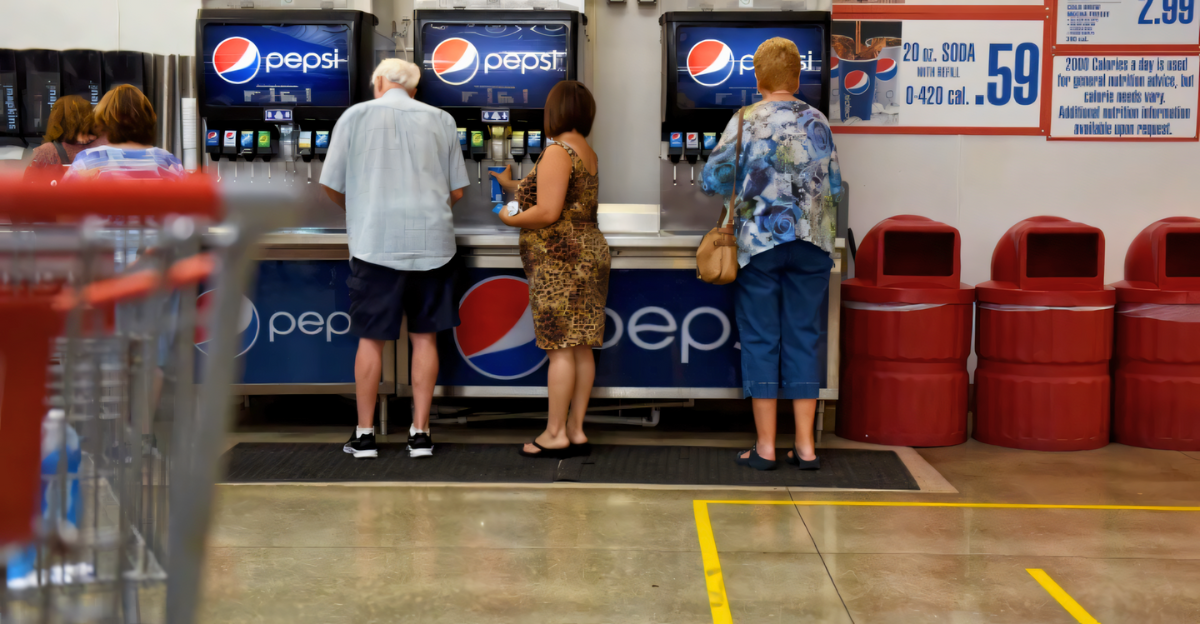
America’s snack and soda consumption patterns are shifting in ways that would have seemed unthinkable just five years ago. PepsiCo’s second-quarter 2024 results laid bare a startling decline in demand: North American beverage volumes fell 3%, Frito-Lay snack volumes dropped 4%, and its Quaker Foods division suffered a staggering 17% plunge. That translates into more than $22.7 billion in quarterly revenue fighting against a powerful tide of changing consumer behavior – a tide that CEO Ramon Laguarta admits PepsiCo has so far failed to reverse.
These numbers signal something deeper than a routine economic blip. They reveal fundamental shifts in how Americans consume packaged foods and drinks.
Margins Under Siege
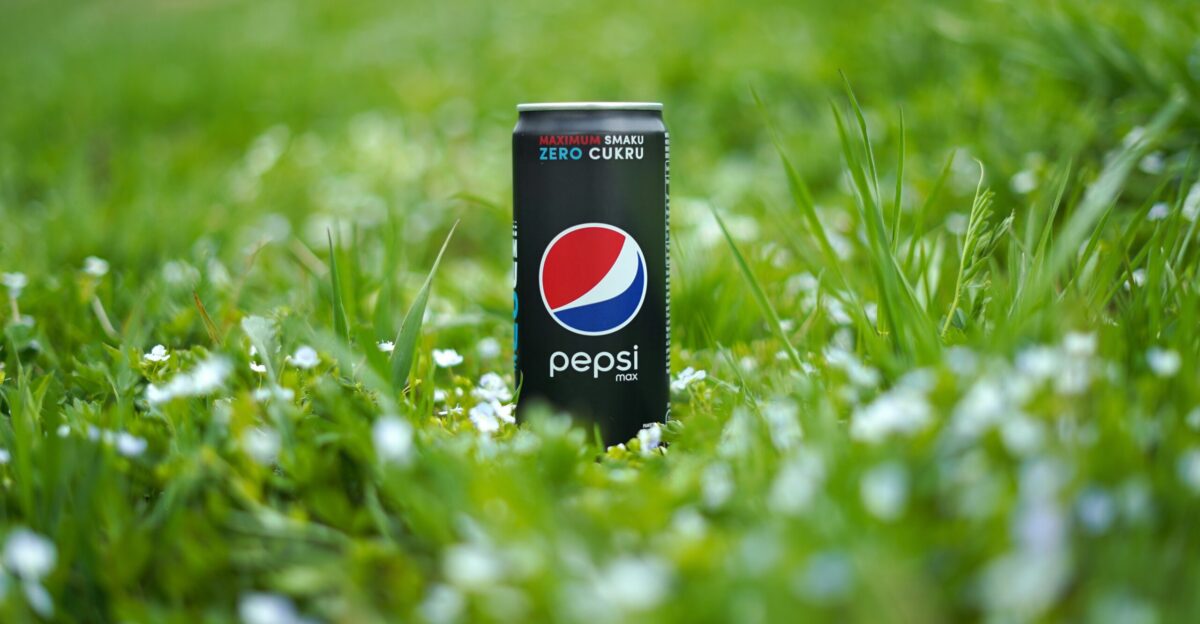
It’s not just volumes that are under pressure – profits are feeling the squeeze too. PepsiCo’s operating margin contracted 110 basis points, down to just 17.2% in the second quarter, even as core gross profit slipped 0.4% year-over-year to $12.5 billion. The financial pain didn’t stop there. The company absorbed a $1.9 billion impairment charge tied to its Rockstar energy drink and Be & Cheery snack brands, writing down the value of those bets on growth.
As Chief Financial Officer Jamie Caulfield put it, “Compared to three months ago, our sentiment regarding consumer behavior has diminished”.
Golden Era’s End

The struggles now besetting PepsiCo mark a dramatic end to the golden era that the U.S. packaged food industry enjoyed for decades. Since the 1960s, PepsiCo and Coca-Cola reigned supreme in American refrigerators and pantries, riding wave after wave of reliable growth. PepsiCo’s snack empire – built on iconic brands like Lay’s, Doritos, and Cheetos – once generated steady, recession-proof revenues.
Its beverage portfolio, anchored by household names such as Pepsi-Cola, Mountain Dew, and Gatorade, commanded premium shelf space and ironclad customer loyalty across generations.
Health Wave Rising

A seismic shift toward healthier, less-processed eating is remaking the consumer landscape. A striking 79% of Americans now consider how processed a food product is before purchasing – a huge change in mindset that’s pressuring Big Food companies. Social media has amplified scrutiny of ingredients, zeroing in on things like artificial food dyes. (For instance, PepsiCo products commonly use dyes such as Red 40 and Blue 1, which have become magnets for negative attention online.)
The movement toward clean ingredients picked up even more momentum when Robert F. Kennedy Jr., now U.S.
Warehouse Giant Strikes

Amid these turbulent trends, Costco dropped a bombshell that sent shockwaves through the beverage industry. On January 23, 2025, during a virtual shareholder meeting, CEO Ron Vachris announced, “This summer we will be converting our food court fountain business back over to Coca-Cola.” With that, Costco confirmed it will end PepsiCo’s 12-year reign as the exclusive soda provider at its food courts – a partnership that began in 2013 when Costco switched to Pepsi to cut costs on its famous $1.50 hot dog combo.
The reversal affects all 908 Costco locations worldwide (625 in the U.S.), making it one of the largest single retail beverage contract switches in recent memory.
Regional Rollout Begins
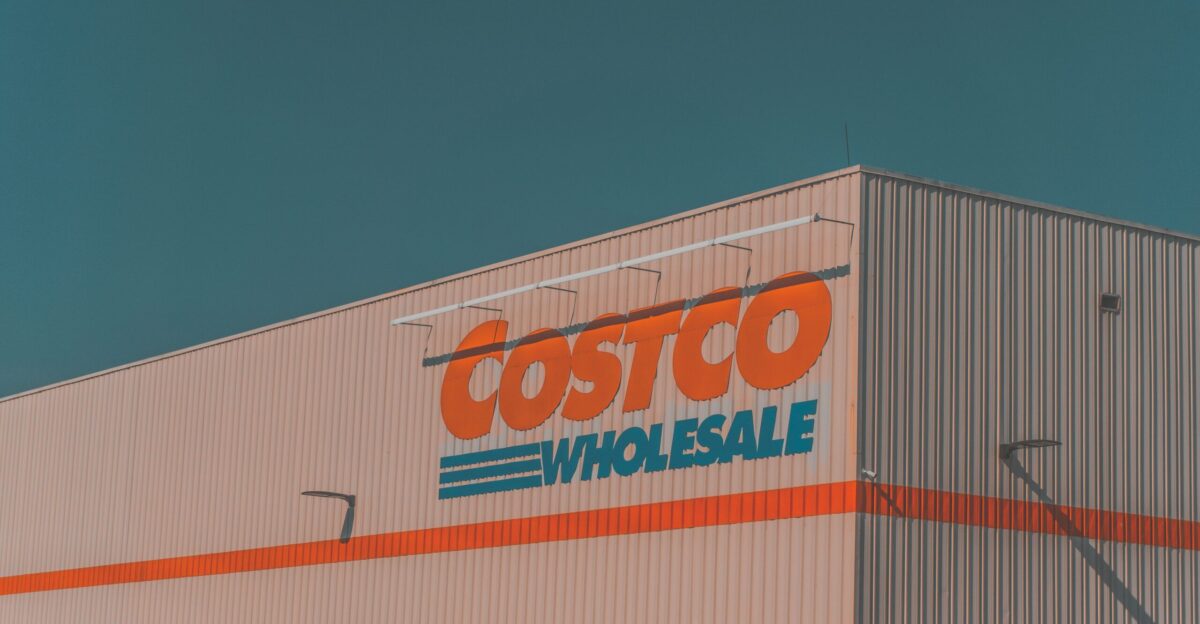
Costco’s cola conversion is now in full swing, rolling out methodically across regions. Early July saw Coca-Cola fountains popping up in warehouses from Tucson, Arizona to Chicago’s South Loop, as reports of the switch flooded online forums. Costco employees and members alike have been spotting the new eight-spout Coke dispensers replacing the old Pepsi machines. The refreshed drink lineup features Coca-Cola classics – Coke, Diet Coke, Sprite, Coke Zero – alongside other favorites like Barq’s Root Beer and Minute Maid Lemonade.
In Northern Virginia, enthusiastic customers literally lined up for the first pours; one shopper raved that their 9:20 AM Diet Coke was “absolutely divine”, celebrating the return of their preferred cola in Costco’s food court.
Consumer Celebration
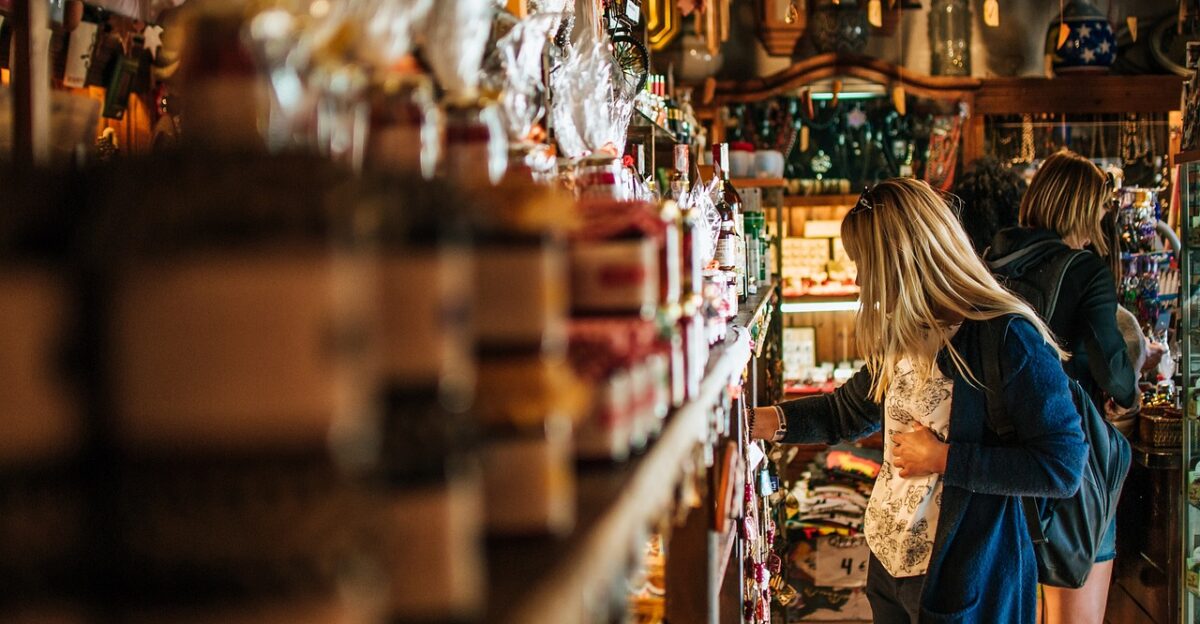
The customer response to Costco’s soda shake-up has been nothing short of ecstatic – at least among Coca-Cola fans. On Reddit and other social platforms, Costco members are overwhelmingly cheering the return of their preferred cola brand. “Coca-Cola is superior to Pepsi, so this genuinely brings me a lot of happiness,” posted one user, a sentiment echoed by hundreds of others in discussion threads. Die-hard Diet Coke devotees have been perhaps the most vocal.
Many confessed that when Costco’s food courts served Pepsi, they would actually skip buying a drink–or even choose water over touching a Diet Pepsi. “I’m a Diet Coke junkie, and if a restaurant only has Pepsi products, I will have water instead,” one member admitted, underscoring just how deep brand loyalties run.
Market Share Reality
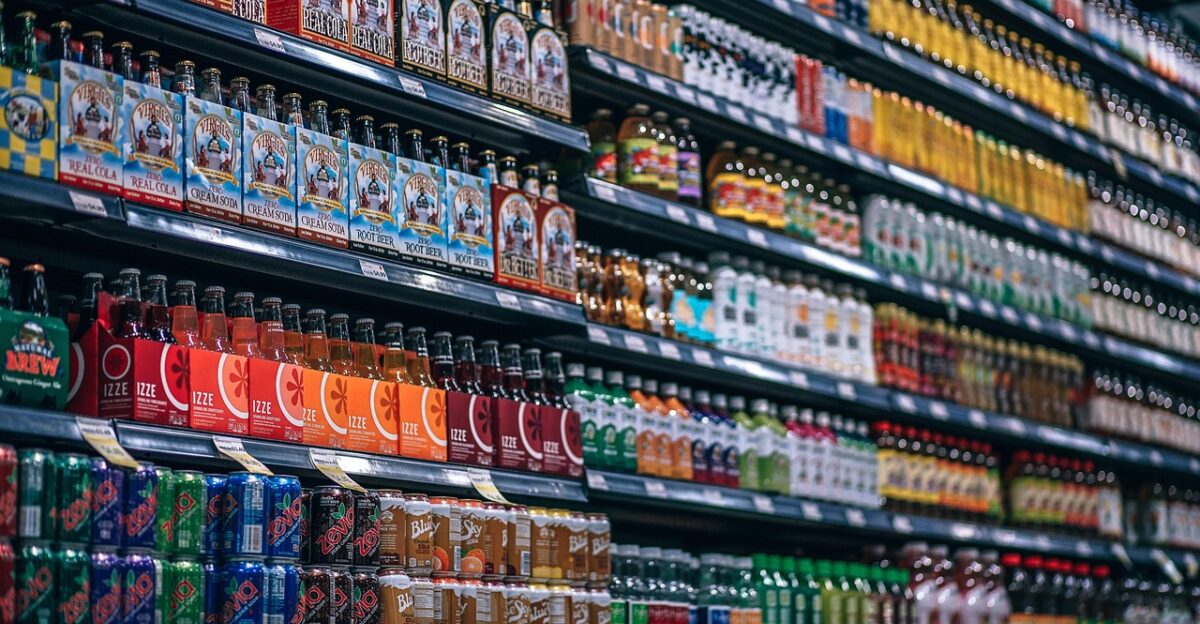
Why are so many consumers elated by Coke’s comeback at Costco? Recent market data make the reason clear: Coca-Cola has been trouncing PepsiCo in the cola wars. Coca-Cola currently controls about 48% of the U.S. carbonated soft drink market, double PepsiCo’s roughly 24% share. The breakdown by brand is even more telling. Coca-Cola Classic alone accounts for a dominant 19.2% of U.S. soda sales, whereas Pepsi’s flagship cola has dwindled to just 8.3% – now essentially tied for second place with Dr Pepper.
In fact, Sprite (a Coca-Cola product) just leapfrogged Pepsi in volume, grabbing 8.0% share to Pepsi’s 7.97%.
Volume Tsunami Impact
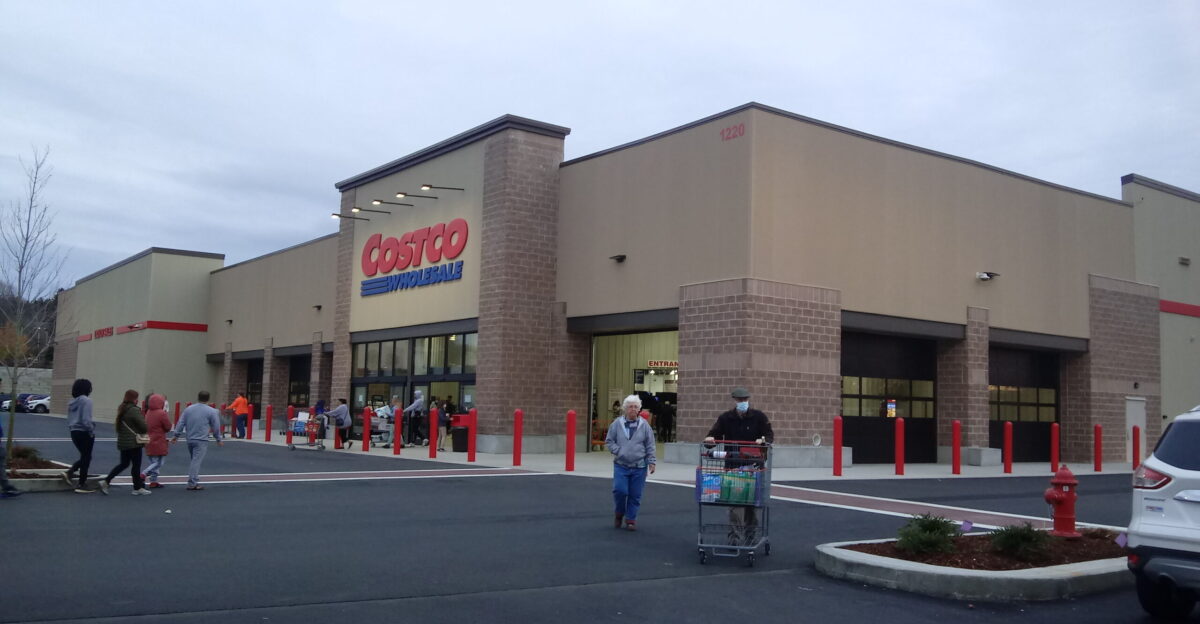
The sheer volume of Costco’s food court business makes its soda supplier swap a seismic event for both PepsiCo and Coca-Cola. Consider this: in fiscal 2024, Costco sold 229 million of its famous hot dog-and-soda combos. At $1.50 each, that’s roughly $343 million in annual revenue from the hot dog combo alone – and Pepsi’s fountain drinks were along for every one of those sales. And that figure doesn’t even count standalone soda purchases or other food court drinks.
All told, Costco was pouring well over 300 million servings of PepsiCo beverages a year across its global warehouses, making it one of Pepsi’s largest food-service accounts.
Cola Wars Evolution
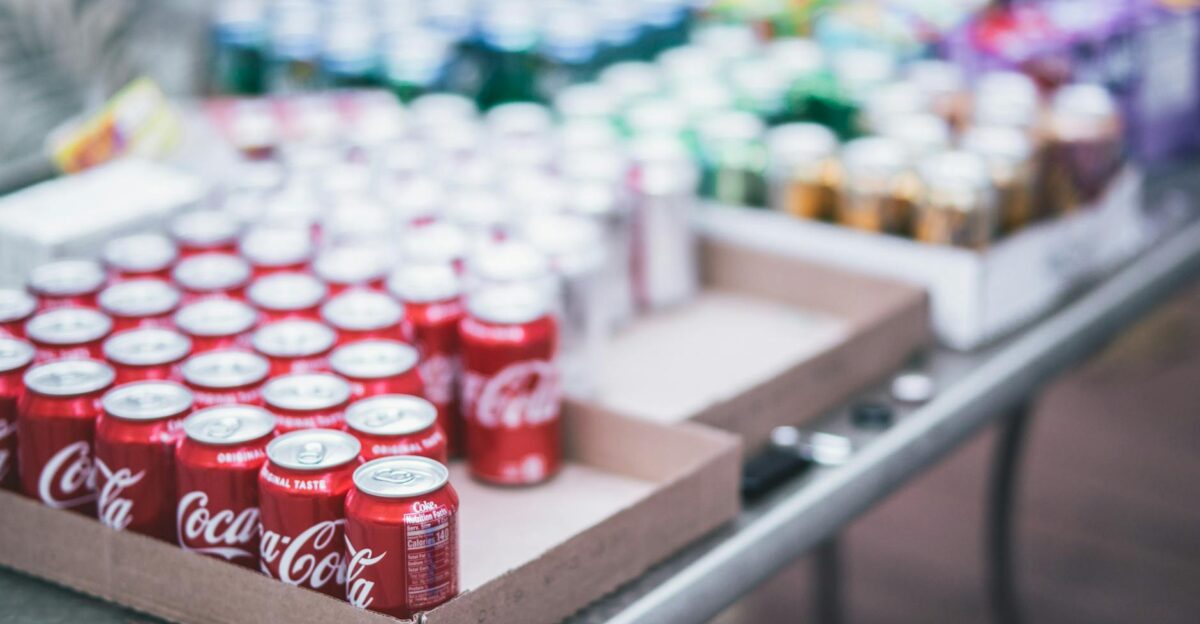
Costco’s high-profile soda switch is emblematic of a broader evolution in the decades-old “cola wars.” The battle between Coke and Pepsi is no longer just about taste tests and catchy jingles – it’s now fought on the terrain of health trends, pricing strategies, and shifting consumer values. PepsiCo, once a reliable titan of snacks and drinks, is scrambling to reverse alarming volume declines with tactics like aggressive promotions and even tweaking recipes.
The company is also betting big on transformation: it recently spent $1.2 billion to acquire healthy snack maker Siete Foods, and it has publicly vowed to eliminate artificial ingredients from its products to win back wary customers.
